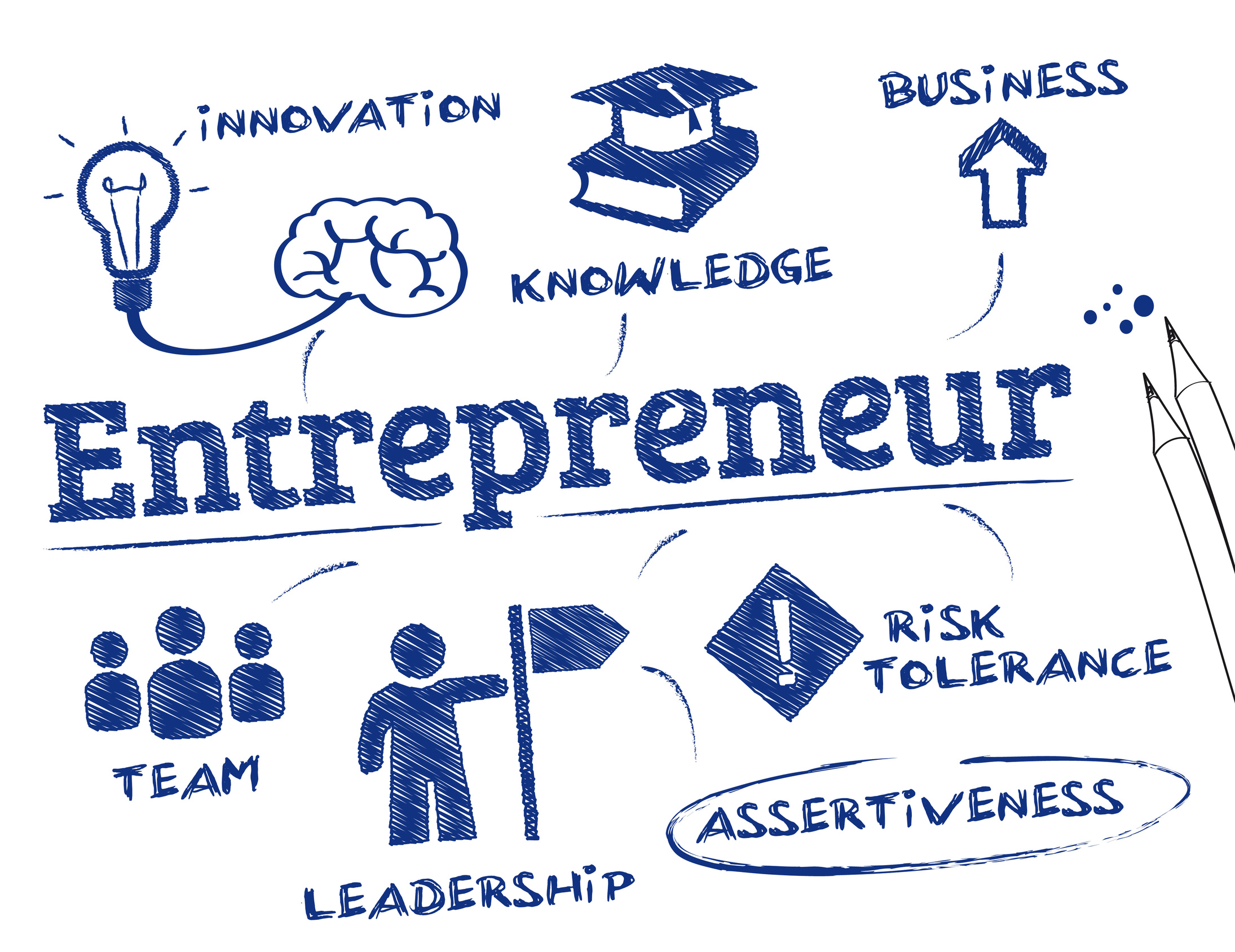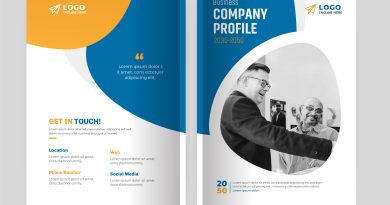The Best (And Easiest) Way To Build A Career Aligned With Your Strengths
You can’t put a square peg in a round hole.
And in the context of your career, if you’re the square peg, forcing yourself into a role or environment that falls outside your natural strengths, you’ll work twice as hard to make progress—and be miserable along the way.
Here’s the best (and easiest) way to build a career aligned with your strengths:
First, know yourself.
Though we’d all like to think we possess a high degree of self-awareness, using resources to reconfirm or gain an accurate understanding of our strengths and weaknesses is helpful.
Scour your past performance reviews for clues, and ask trusted mentors and colleagues for objective feedback on where you consistently add value and areas where you seem to struggle or are less enthused.
Also, consider investing in a professional assessment tool like CliftonStrengths, which produces a unique profile ranking 34 strengths, categorized into four domains: Executing, Influencing, Strategic Thinking, and Relationship Building. The report contains insights to help you identify and apply what you naturally do best while acknowledging areas where you don’t.

Second, review your career to date.
Consider the roles where you felt the most successful and found the greatest degree of “flow’— these likely tapped into and rewarded your innate strengths and talents.Conversely, think about the positions that felt “off” in some way: Did you receive negative feedback in a specific area? Did you do your best but feel drained as a result? Chances are that these jobs relied too heavily on your areas of weakness.
In doing this exercise, you’ll find that similar themes will appear, despite industry or job title. Take note of these common career threads, which provide clues to your strengths and weaknesses.
Next, audit your current role and its responsibilities.
What are you spending the bulk of your time doing? Does it tap into your natural strengths? And how do you feel while doing it?
For instance, someone who thrives on variety is not best suited to a position where consistency is expected and rewarded. Similarly, if a role is highly detailed-oriented, a visionary, blue-sky thinker is setting themselves up to fail rather than drawing on their natural talents.
But someone who leads with strategy and activation is perfect for a leadership role that requires finding the best way forward and being the catalyst to make a decision and get going.
Finally, use these insights to inform future career moves.
After doing these activities, you’ll better understand your unique talents and how to put them into action. But while it’s important to lean into your strengths, understanding your weaknesses can be equally enlightening.
Gallup defines weaknesses as anything that gets in the way of your success. Their research found that weaknesses will never turn into strengths — but you shouldn’t ignore them.
Instead, be aware of them, take responsibility for them, and have a plan for ensuring they don’t get in the way of your progress. Of course, the most obvious way to do that would be to avoid positions that revolve primarily around your weakest areas, but you can also ask yourself which of your top strengths can help you succeed despite your weakness.
Another excellent strategy is to partner with someone who possesses complementary strengths to your own. For example, if you excel at idea generation but not following through, collaborating with someone strong in execution creates a win-win for both sides.
By intentionally seeking roles that leverage your strengths (and avoiding those that require your weaknesses), you’ll build a successful and fulfilling career.
Source: entrepreneur.com




